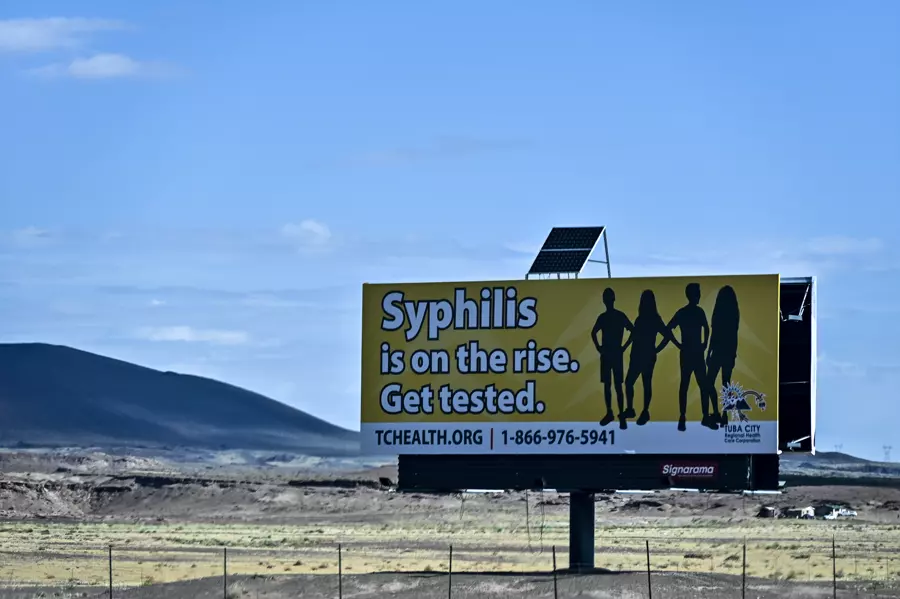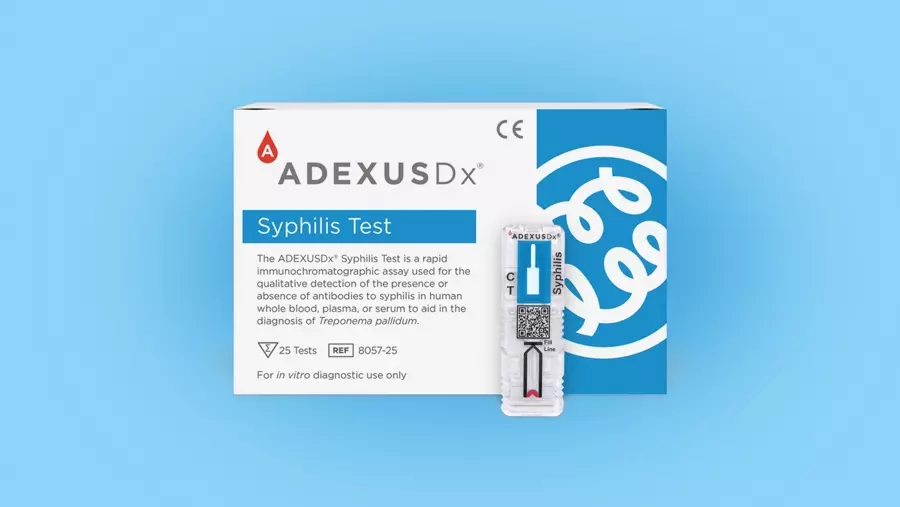The first at-home syphilis test has been approved for sale in the US amidst a worsening epidemic and decades-long rise in cases. The Food and Drug Administration granted approval on Friday to market the 15-minute test from NOWDiagnostics in the country. A single over-the-counter First To Know Syphilis Test will cost $29.98 and will be available at major retailers this fall, according to reports.

The new test uses a drop of blood to offer an early indication of syphilis infection instead of the previously necessary blood test or testing of fluid from a syphilis sore. Although it is not enough for diagnosing the sexually transmitted infection and should be followed by additional testing for confirmation, health officials believe that access to home tests may help increase initial screening for syphilis, especially among individuals who may be reluctant to see their healthcare provider about possible exposure.
The Centers for Disease Control and Prevention (CDC) has reported an 80% increase in syphilis cases between 2018 and 2022, from 115,000 to more than 207,000. In 2022, over 2.5 million cases of syphilis, gonorrhea, and chlamydia were reported in the US. The National Syphilis and Congenital Syphilis Syndemic Federal Task Force was created by the Department of Health and Human Services earlier this year in response to the skyrocketing cases, with the at-home test being part of its strategic plan to reverse the dramatic rise of STIs in the country.
If left untreated, syphilis can seriously damage the heart and brain, causing blindness, deafness, and paralysis. When transmitted during pregnancy, it can cause miscarriage, lifelong medical issues, and infant death. It is also passed through sexual contact and, in rare cases, through blood transfusions or organ transplants. The alarming rise in syphilis rates started around 2000 and was initially seen among gay men but has since emerged to include heterosexual drug users and women. Rates are highest among Black and American Indian populations, according to Johns Hopkins University.

Inadequate testing and a persistent stigma have hindered progress in combating the infection, while people are also using condoms less frequently, Dr. Nima Majlesi, director of medical toxicology at Staten Island University Hospital, told The Post in January. The disease has also been unrecognized by doctors as it has become less common in recent decades; in the 1990s, annual case counts dropped below 40,000.




